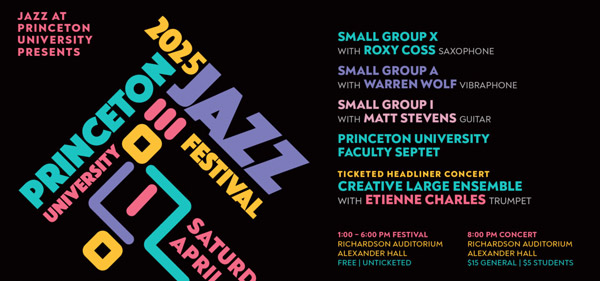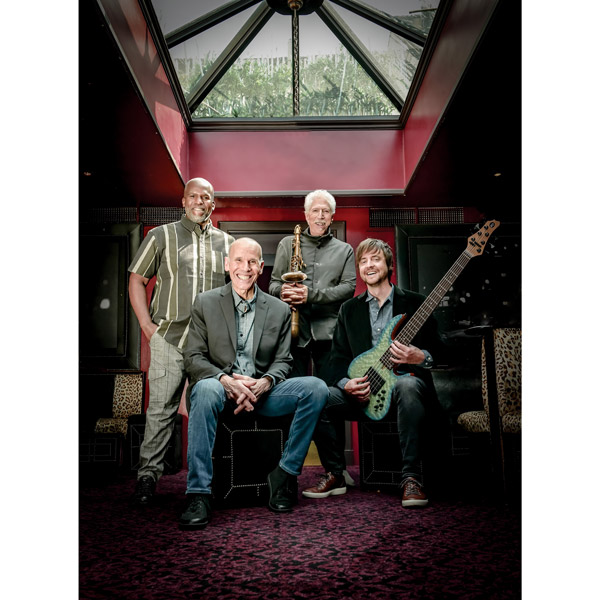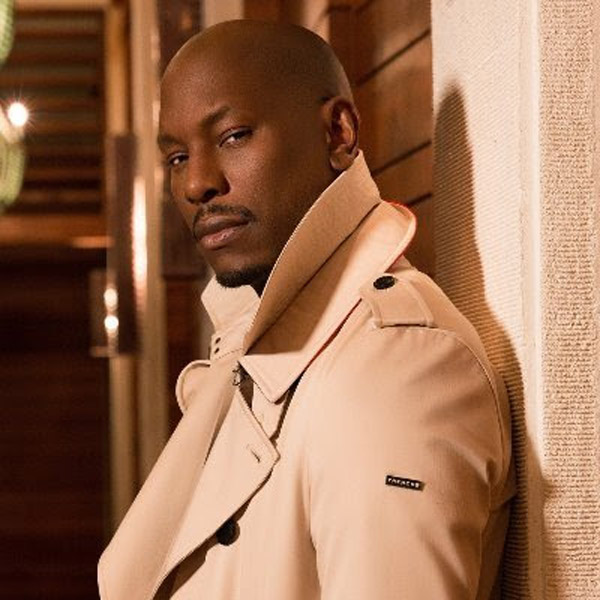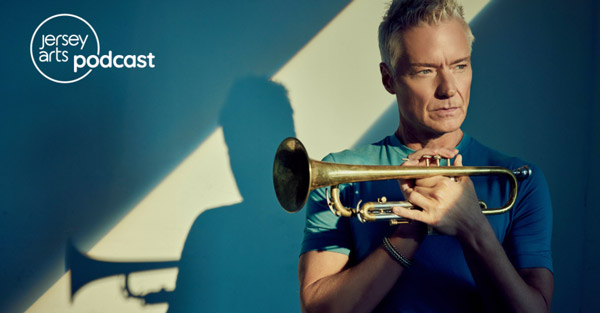By Gary Wien
originally published: 11/26/2019
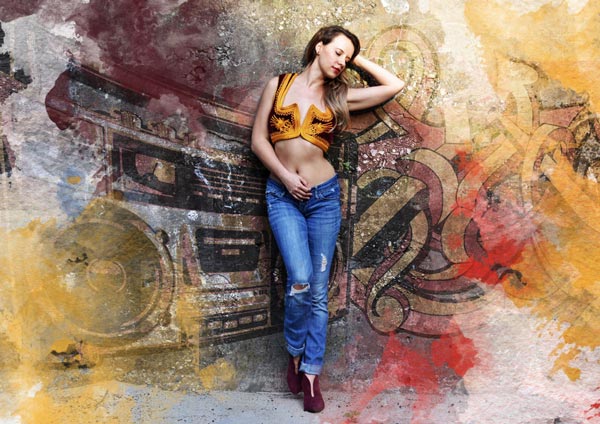
In the #metoo era, we have become accustomed to seeing women portrayed as victims. Zaritza, an artist living in Monmouth County, recently released a single and music video for a song that shows a different side - instead of being a victim, the song celebrates female desire and sexuality. It would be a bold song in any era, but it’s completely eye-opening today.
The song is called “Slot Machine” and the video reminds me of when MTV ruled television and videos tried to see how racy they could be before getting censored.
Directed by Devin Schiro, everything about the video is sexy from the costumes, the setting, the characters, and the smoldering movements.
“I believe it’s important for women to be comfortable in their own skin, to come out of their shell and feel empowered to express their sexuality, without being judged,” explains Zaritza. “I think I was careful enough to not have it go too far, in my mind at least. I could have pushed it a little more, which could have offended people but I wanted to say just enough in an ambiguous way. You listen to the song and you get one message. You watch the video and some people would say she’s not submitting to this person, she’s not very submissive. Overall, if you look at the whole package and not just the song, I think there’s a lot more celebration of sexual freedom of females and that can be empowering.”
She knows that this belief is not just controversial, but may come from growing up outside of America.
“To me, maybe because I’m coming from a different culture, I respect how women are openly rebelling against man power in Hollywood and to avoid being suppressed by men that way,” she continues. “But I feel that celebrating sexual freedom can be helping the #metoo movement in some ways. We live in a world where men are designed to want to have sex and women are designed to oppress it and I struggle with this. I think women should be expressing their sexual freedom just as much as men do.”
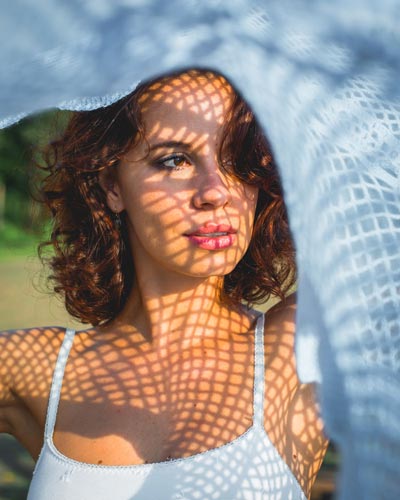 Zaritza was born in a small village in Russia at the end of the Soviet era. Her father was part of the generation that had to find bootleg records of rock and roll because foreign records were still outlawed. Zaritza’s musical history began with classical music and she was well trained as a classical pianist and dancer. Her dream was to become a ballerina, but her musical talents were recognized and she found herself placed in an intense curriculum for gifted musical students.
Zaritza was born in a small village in Russia at the end of the Soviet era. Her father was part of the generation that had to find bootleg records of rock and roll because foreign records were still outlawed. Zaritza’s musical history began with classical music and she was well trained as a classical pianist and dancer. Her dream was to become a ballerina, but her musical talents were recognized and she found herself placed in an intense curriculum for gifted musical students.
As much as artists like Rachmaninoff and Mendelssohn were inspirations, she also loved bands like Radiohead and Massive Attack. She was fortunate to live in Russia when the outside world was no longer forbidden. She actually became a fan of Western music before she even understood English.
“I didn’t even speak English until I moved here,” she recalled. “I interpreted music through emotion and feelings. People say lyrics are such a big part of a song, which I absolutely agree with, but the first time I listen to a song it’s always just a feeling - an emotion - even if I understand the language fully now. It’s a reflection of how I first started interpreting the songs in different languages.”
Zaritza’s mother is a teacher of languages, which may have helped guide her. She also believes music and languages go well together and always gravitated to artists like Queen whose emotion comes through whether you can understand the lyrics or not. Zaritza has been writing songs in English for a while now, but it was a long process for her.
“My friends laugh at me because I’m writing in Ruslish - combining Russian and English - because I can rhyme Russian words with English words,” said Zaritza. “It’s one thing to start speaking a language, but it’s another thing to start feeling in a different language. It took me a little bit longer than I was hoping. I think when you start dreaming in that language it becomes part of you and you can become a better writer.”
Like Rachmaninoff, Zaritza found herself in Monmouth County. The legendary Russian artist once had a summer home in Locust in the 1920s after moving to America in 1918 and settling in New York City. In 2016, Zaritza gave a TEDxNavesink talk in which she performed classical music and compared her journey to his.
“Like a thunder storm in the middle of the night, this was the music that woke me up to a world of creativity and possibility far beyond a small apartment in the village where I grew up,” she said during the TedX talk. “Music sustained my family through the daily struggles of life. And, as an only child, music was my constant companion - feeding my imagination.”
She imagines music which combines all of the musical styles she loves. Her incorporation of classical music with pop creates songs unlike anyone else. In doing so, it makes Zaritza one of those artists whose music defies categorization. Her songs often combine elements of classical music with pop, rock and dance club beats. She calls it electro pop, but each song sounds very different from the others. The one constant is her voice and the way she performs on stage. She doesn’t just sing her songs, she performs them with eyes that demand attention from the audience. It’s very theatrical, but Zaritza simply likens it to her upbringing.
“I never think of myself as theatrical,” she says. “I can be dramatic, but a lot of Russian culture is intense. I’ve never been a theatrical girl or in a theatrical production. Maybe it is my Russian upbringing - everything is dramatic.”
Her songs are layered and challenging in a way few artists outside of Kate Bush have tried. When I first listened to her 2017 self-titled record, it reminded me of Mimi Cross - another artist who emigrated to Monmouth County once. The variety of musical styles shows the depths of her songwriting, but goes against the rules of an industry that demands artists to be placed within particular genres.
“How do you create that box for yourself?” she asks. “How do you create your own genre? To me it’s interesting because as a human being you evolve (hopefully). Everybody hopes to evolve and grow. What used to be relevant to me in my teenage years and what I was listening to, isn’t relevant as much right now. I’m proud of everything I’ve done, but I started writing at 16. I listen to those song structures and they’re so much more simple - like teenage expression. Just as you evolve as a human, hopefully you listen to more music as an artist which affects you too. Let’s say my biggest influence is Radiohead and I only listen to Radiohead and nothing else than I can see how my style would always reflect that. But I feel there is so much more in you when you start listening to music in many genres; all forms you. It’s like reading books. If you read many books, they all become part of you and stays with you. I feel like that’s the same with music.
“I’m always amazed how artists can continue from their early twenties and stay the same in a style,” continues Zaritza. “It’s like their identity. For me, as much as you find your identity you still evolve and change. Your relationships change and your own feelings of yourself change. And I think you look for the next you. I always feel inspired to experiment a little. Maybe get more acoustic or more electronic. That may be my problem. Some people may listen and wonder what style is she?”
In a way, listening throughout Zaritza’s catalog is like visiting a museum. You can see the artist experimenting with new techniques and imagery the way Zaritza experiments with sounds. Fans are not expected to love every piece of artwork by an artist, but fans are assumed to love most of the music by a particular artist. That works better when the musical style remains constant or close to constant; however, if the artist challenges him or herself, it forces the audience to accept the challenge as well. The music industry rarely promotes challenges like that even though artists like Queen are often celebrated for taking such chances.
Zaritza’s live music videos are what truly caught my eye. It’s one thing to be able to create a spectacular music video or utilize the studio to come up with a song that sounds fantastic, it’s another to be able to bring that energy and creativity to a live performance. Zaritza does that. On stage, her band recreates the music perfectly and her stage presence is powerful. Her only limitation is the creativity she imagines for the performance. She seeks stages that can provide her with the space and lighting to spotlight her music in a visual way as well. She mentions a desire to create more of an art piece and a performance show than a regular concert. Zaritza has found venues in New York City that work for her, but regular clubs seem to constrict much of what she is trying to accomplish. For that reason, you won’t see her name performing live that often.
“For me, it’s not about the quantity of performances, it’s about the quality,” she states. “Every time I’ve tried to do a show, I always wanted to try doing something different and incorporate some visual elements and different instruments. When I released my first album in 2017, I put a band together and we did many shows in the tri-state area. It was great and I loved the whole experience, but after running that for a full year I realized I was missing the visual aspect of incorporating something like dance and lighting. So, I’m taking some time to create a new direction.”
This new direction may be to work in movies - not as an actress, but as a composer. She recognizes that many of her melodies and musical styles are very cinematic. Her childhood dream was to be a ballerina. That dream evolved into being a musician. A further evolution into composing music for movies makes perfect sense. It would allow her to create musical pieces that are not forced to be placed in one box or one genre. She could explore different sounds and different emotions, and give her art room to grow and evolve. Zaritza is constantly evolving as an artist. She’s just looking for the right museum to showcase her art.
Gary Wien has been covering the arts since 2001 and has had work published with Jersey Arts, Upstage Magazine, Elmore Magazine, Princeton Magazine, Backstreets and other publications. He is a three-time winner of the Asbury Music Award for Top Music Journalist and the author of
Beyond the Palace (the first book on the history of rock and roll in Asbury Park) and
Are You Listening? The Top 100 Albums of 2001-2010 by New Jersey Artists. In addition, he runs New Jersey Stage and the online radio station
The Penguin Rocks. He can be contacted at
gary@newjerseystage.com.



 Zaritza was born in a small village in Russia at the end of the Soviet era. Her father was part of the generation that had to find bootleg records of rock and roll because foreign records were still outlawed. Zaritza’s musical history began with classical music and she was well trained as a classical pianist and dancer. Her dream was to become a ballerina, but her musical talents were recognized and she found herself placed in an intense curriculum for gifted musical students.
Zaritza was born in a small village in Russia at the end of the Soviet era. Her father was part of the generation that had to find bootleg records of rock and roll because foreign records were still outlawed. Zaritza’s musical history began with classical music and she was well trained as a classical pianist and dancer. Her dream was to become a ballerina, but her musical talents were recognized and she found herself placed in an intense curriculum for gifted musical students. 





